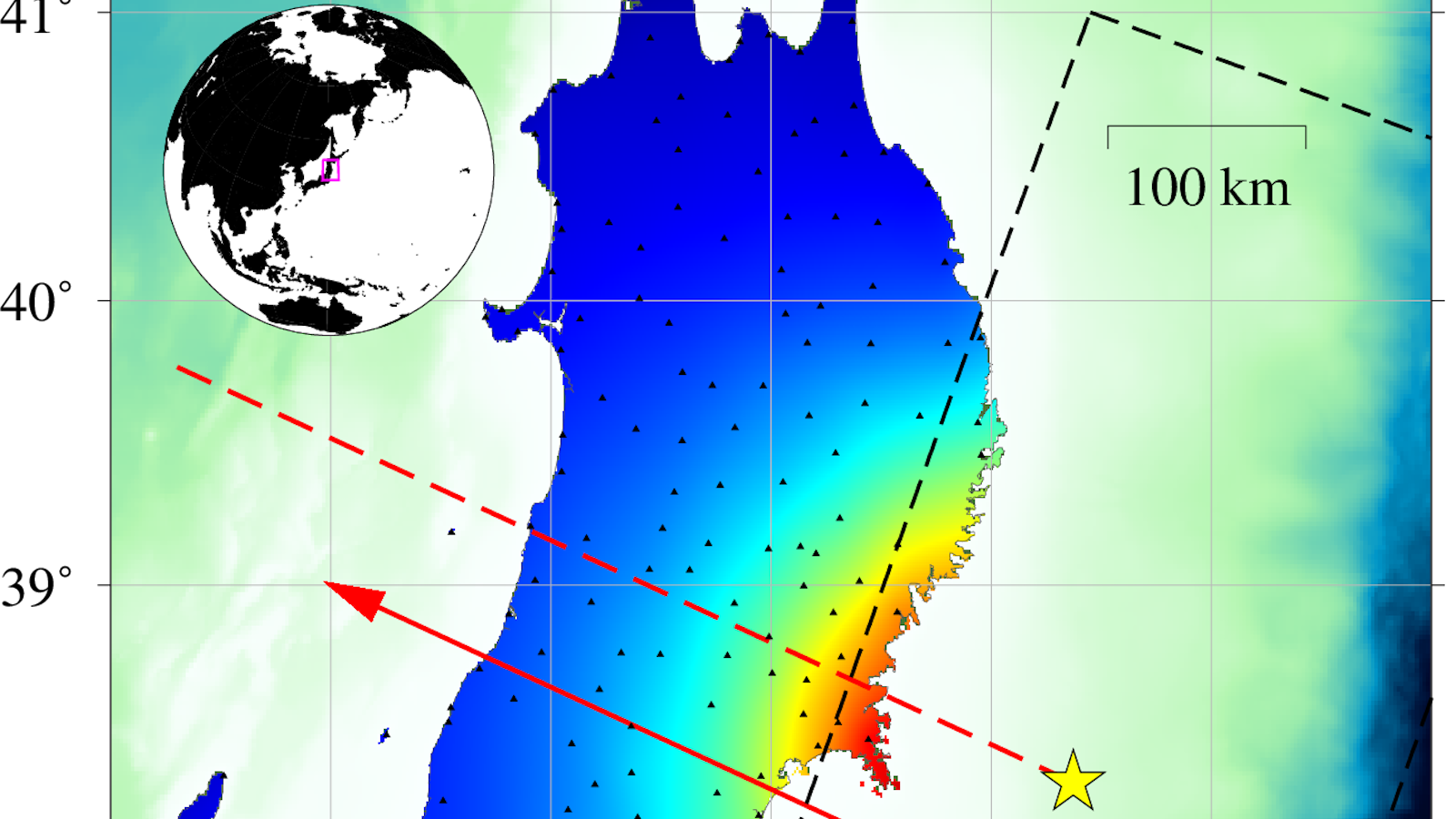New paper from Bevis' group on postseismic deformation
Franco Sobrero is a PhD student in the Geodetic Science Program, advised by Dr. Michael Bevis. Last month (August 2020), Franco published a paper in the Journal of Geodesy, titled “Logarithmic and exponential transients in GNSS trajectory models as indicators of dominant processes in postseismic deformation”.
In this paper, Sobrero, Bevis, Prof Demian Gomez, and SES alum Fei Wang (PhD 2018) and co-authors use data from continuous GPS stations to study the deformation that occurs on the surface of the Earth after a large earthquake. Here they give a brief summary of their work.
The magnitude of the postseismic displacements decay over time with a non-linear behavior, and can be modeled using logarithmic or exponential functions, each representing a different geodynamic process. These processes are known as afterslip, which presents a logarithmic decay in time, and viscoelastic relaxation, that decays exponentially.
In our work, we analyze the time series of 118 continuous GPS stations that recorded the postseismic deformation caused by the 2011 Tohoku-Oki earthquake. We fit the GPS data using models that combine logarithmic and exponential functions, and assessed the quality of the fits.
The results of this work show that in the short term, the logarithmic form provided the best fits, indicating that the postseismic deformation that we observe in the first weeks and months after the earthquake is predominantly driven by afterslip. On the other hand, for the long-term analysis (up to March 2018), both function forms performed almost equally well. This suggests that 7 years after the event it is difficult to determine using geodetic data which process dominates, and it is possible for afterslip to remain the main driver of the deformation.
The figure shown above shows the total magnitude of the coseismic displacement of the Tohoku-Oki earthquake.

